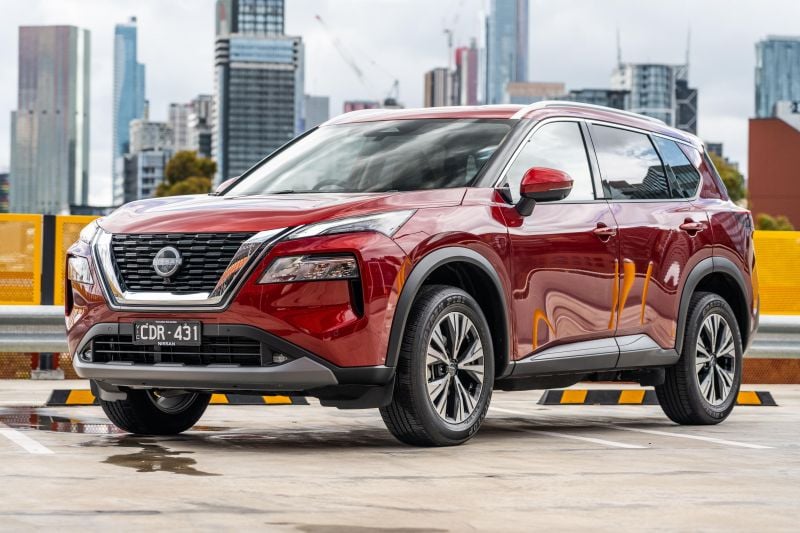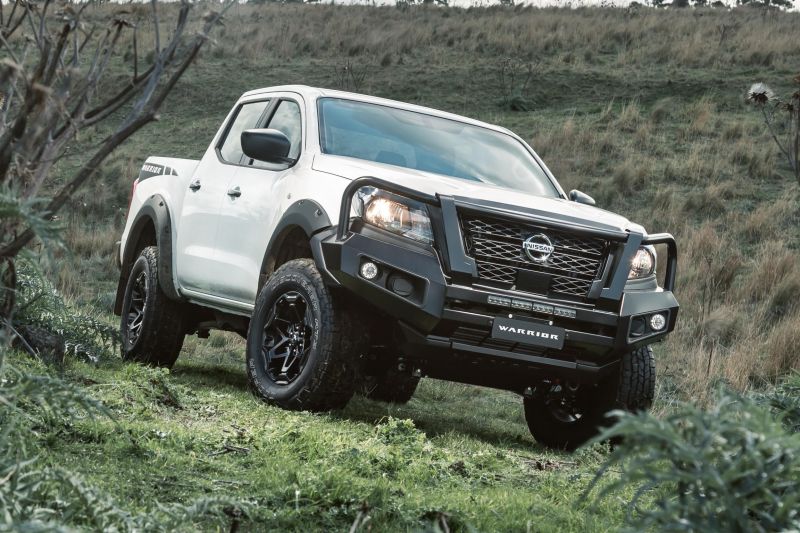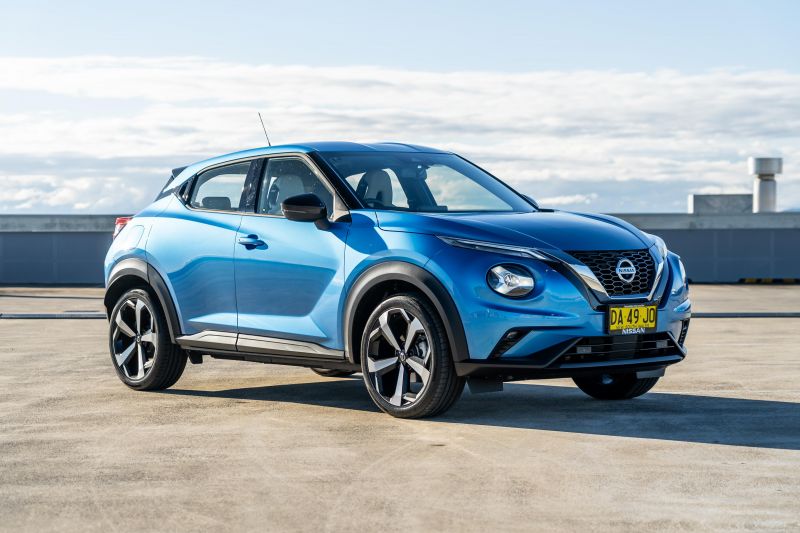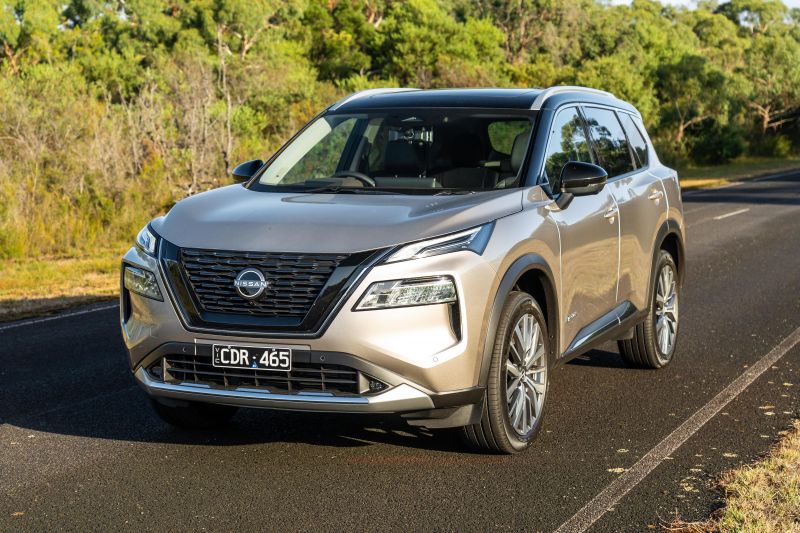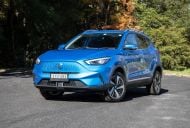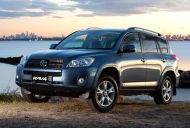Nissan says Australia hasn’t been forgotten as it seeks to to capture a six per cent share of the market.
Guillaume Cartier, senior vice president for AMIEO (Africa, Middle East, India, Europe and Oceania), told media he expects the iconic Japanese brand to do much higher volumes in the future.
“Our ambition is to do far better than we do today,” Mr Cartier said in regards to Nissan’s sales in Australia.
Up until the end of May 2023, Nissan’s market share in Australia is just over three per cent (3.29 percent), compared with nine per cent for Mazda, roughly seven percent for Ford, Kia and Hyundai (each) and around six per cent for Mitsubishi and over five per cent for MG.
In fact, even Isuzu Ute (3.8 percent) outsells Nissan with its two-vehicle line-up.
The main issue for Nissan has been supply and with Australia seemingly set to become a more important market in the AMIEO region, things might start to change.
“Our market share below four [per cent] is not where we want to be, we want to go much higher than that and the first point is, Australia, [I always hear] we are forgotten, far off… you are not forgotten, but that requires a dedicated strategy,” said Mr Cartier.
“I truly believe that Nissan should have a presence and success which is higher than what we have here today.”
Nissan Australia currently sells the following vehicles:
| Models | 2023 Sales Jan-May |
|---|---|
| Nissan Juke | 571 |
| Nissan Leaf | 215 |
| Nissan Navara 4X2 | 195 |
| Nissan Navara 4X4 | 2,973 |
| Nissan Pathfinder | 786 |
| Nissan Patrol | 2,238 |
| Nissan Qashqai | 2,693 |
| Nissan X-Trail | 4,698 |
| Nissan Z | 150 |
According to Mr Cartier, the overall goal of the business is not necessarily a bigger figure but to do well in certain segments in which the brand competes in with new products.
“I am looking at segment by segment more than by brand and we need to be in the pickup (Navara), in Patrol, in X-Trail in the top four and in the end the output mission to have more than six percent market share, that’s what we should be,” he said.
Getting to six per cent would require Nissan to take market share away from existing players in those major segments, and basically double its sales in the process.
Nissan sold just 26,491 vehicles in Australia last year, down 36 per cent. It sold 14,772 fewer cars last year than it did in 2021.
According to VFACTS industry sales data, which goes back to 1991, that was the worst sales result since 1995 when Nissan recorded 25,048 sales.
For further context, Nissan’s sales a decade ago (2012) were three-times greater, with its market share tumbling from 7.2 per cent to 2.4 per cent accordingly.
There’s some important context here, however.
Nissan replaced the popular Qashqai, X-Trail and Pathfinder SUV with (delayed) new-generation models and had periods of time where its dealers were caught without stock either old or new.
In addition to new generations of three of its core models, it has also welcomed its first e-Power electrified model to Australia with the X-Trail, with a Qashqai e-Power model still to come.
More product is on the horizon. Globally, it plans to introduce 27 new electrified models, of which 19 are pure EVs, by 2030.

